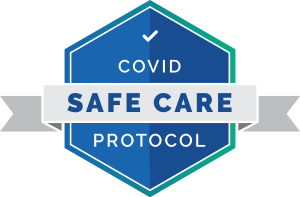Nerve root blocks can reduce or eliminate pain, both in the back and in the affected extremities, by numbing the specific nerves that are causing the pain. The direct injection of anesthetic medication into the irritated areas will block your brain from receiving the pain signals from the affected nerves.
Nerve root block injections may also include a time-release steroid that is injected with the anesthetic, which serves to reduce the irritation and swelling that is causing your pain. The steroid will release slowly, and could provide pain relief for anywhere from two weeks to several months. Even short-term pain relief can be used as a treatment that enables you to participate in physical therapy sessions without distracting pain, which can lead to long-term improvements in your quality of life.
If you have pain that is not explained by traditional diagnostic imaging, you could be a candidate for evaluation or treatment with nerve root blocks. To find out if you are a candidate for nerve root blocks, try our candidacy check tool.


